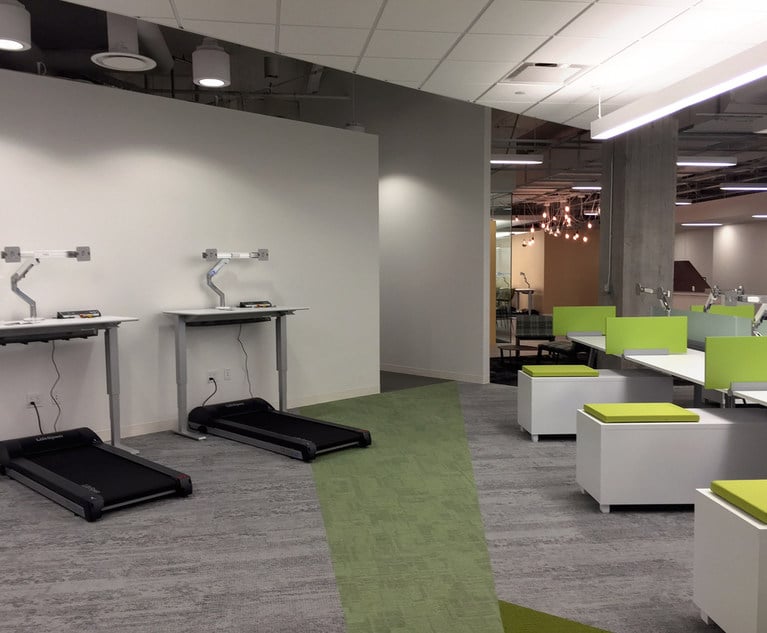 Treadmill desks can increase daily steps but may disrupt focus and proper posture. (Credit: Free (Handout))
Treadmill desks can increase daily steps but may disrupt focus and proper posture. (Credit: Free (Handout))
Convenience has long been a factor in choosing methods for reaching fitness goals. Workstation exercise equipment allows employees who perform desk-related duties to pursue those desired fitness results. However, these tools are typically not designed to replace regular exercise and may cause more harm than good.
Recommended For You
Want to continue reading?
Become a Free PropertyCasualty360 Digital Reader
Your access to unlimited PropertyCasualty360 content isn’t changing.
Once you are an ALM digital member, you’ll receive:
- Breaking insurance news and analysis, on-site and via our newsletters and custom alerts
- Weekly Insurance Speak podcast featuring exclusive interviews with industry leaders
- Educational webcasts, white papers, and ebooks from industry thought leaders
- Critical converage of the employee benefits and financial advisory markets on our other ALM sites, BenefitsPRO and ThinkAdvisor
Already have an account? Sign In Now
© Touchpoint Markets, All Rights Reserved. Request academic re-use from www.copyright.com. All other uses, submit a request to [email protected]. For more inforrmation visit Asset & Logo Licensing.







